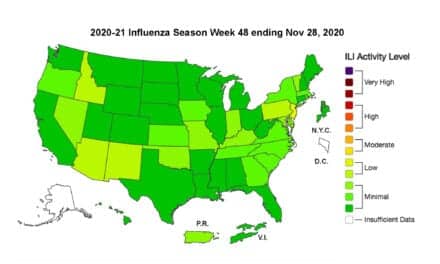A virulent strain of avian influenza (H5N1) has begun to threaten not only birds but humans, with more than 300 infections and 200 deaths reported to the World Health Organization since 2003, generating concerns about a future pandemic.
Rapid identification of avian flu infection in poultry is critical to controlling outbreaks, but current detection methods can require several days to produce results.
A biosensor developed at Georgia Tech Research Institute detects this particular virus in just minutes.
“We can do real-time monitoring of avian influenza infections on the farm, in live-bird markets, or in poultry processing facilities,” said Jie Xu, PhD, of Georgia Tech’s Electro-Optical Systems Laboratory. “With so many different virus subtypes, our biosensor’s ability to detect multiple strains of avian influenza at the same time is critical.”
The sensor utilizes the interference of light waves, a concept called interferometry, to precisely determine how many virus particles attach to the sensor’s surface. Specifically, light from a laser diode is coupled into an optical waveguide through a grating and travels under one sensing channel and one reference channel.
Xu and collaborator David Suarez, PhD, are currently testing unique antibodies with the biosensor, as well as different strains. In addition, Xu is reducing the size of the prototype device to a more manageable size and making the computer analysis software more user- friendly so that it can be field-tested in 2 years.
Results of this study were published online in August in the journal Analytical and Bioanalytical Chemistry and will be included in journal’s print edition on October 16. The work was funded by the U.S. Department of Agriculture’s (USDA) Agricultural Research Service (ARS) and the Georgia Research Alliance.
To read the full news release, [removed]click here[/removed].









